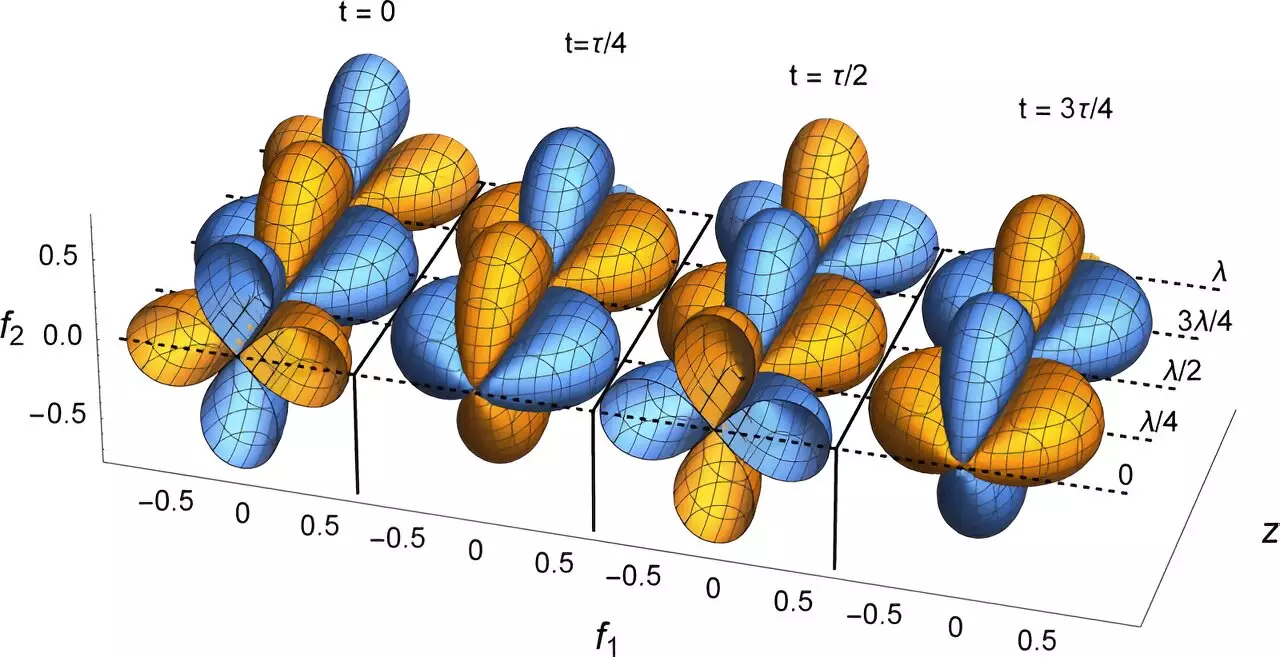The discovery of gravitational waves by the Laser Interferometer Gravitational-Wave Observatory (LIGO) in 2015 marked a significant milestone in the field of astrophysics. These waves, predicted by Einstein in 1916, have reshaped our understanding of space, time, and the universe. Observing gravitational waves is a complex engineering challenge, requiring precision measurements on a minuscule scale. However, a recent study by researchers from the Okinawa Institute for Science and Technology (OIST), the University of Tohoku, and the University of Tokyo proposes a novel method for simulating gravitational waves using quantum condensate of cold atoms.
Gravitational waves, as described by Einstein’s theory of general relativity, provide crucial insights into the fundamental nature of the universe. These waves are generated by cataclysmic events such as the collision of black holes, sending ripples through spacetime. While traditional gravitational wave detectors like LIGO have enabled the observation of these phenomena, the limitations of current instruments necessitate innovative approaches to studying gravitational waves.
The team of scientists, led by Professor Nic Shannon of the Theory of Quantum Matter Unit at OIST, leveraged the concept of Bose-Einstein Condensate (BEC) to simulate gravitational waves in a laboratory setting. By studying spin nematics, a quantum state analogous to liquid crystals in everyday objects like LCD screens, the researchers were able to identify similarities between the properties of wave propagation in spin nematics and gravitational waves.
The implications of this research are far-reaching. By simulating gravitational waves through quantum condensate of cold atoms, scientists can gain valuable insights into the behavior of these elusive phenomena. The ability to recreate and study gravitational waves in a controlled environment opens new avenues for exploring the fundamental principles of general relativity and the nature of spacetime.
Dr. Leilee Chojnacki, the lead author of the study, highlights the beauty of physics in uncovering the underlying mathematical structures that connect seemingly disparate phenomena. The ability to model gravitational waves through quantum condensate not only illustrates the elegance of theoretical physics but also opens doors to further discoveries in the field of astrophysics.
The simulation of gravitational waves through quantum condensate of cold atoms represents a significant advancement in the study of these elusive phenomena. By bridging the gap between quantum mechanics and general relativity, researchers have paved the way for a deeper understanding of the fundamental principles that govern our universe. The innovative method proposed in this study holds great promise for future research in astrophysics and quantum physics.



Leave a Reply